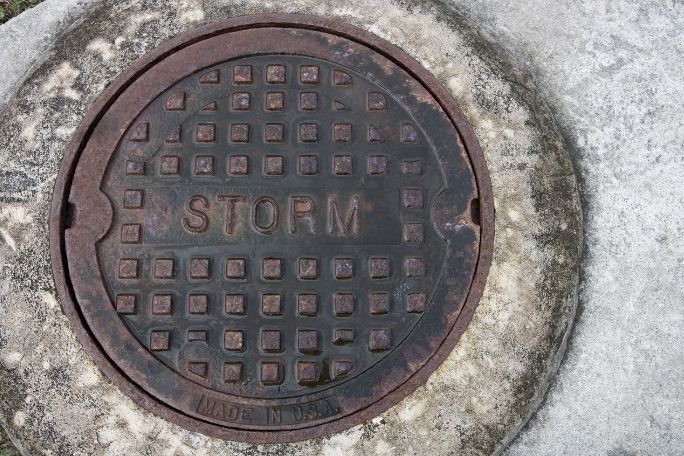Lesson summary
Students develop an appropriate communication product for a chosen audience. They explain to their audience five things they can do to reduce stormwater pollution.
Learning intentions:
Students will...
- design a communication product suited to a chosen audience.
- engage a chosen audience with a media they prefer.
- distribute the communication product.
Lesson guides and printables
Curriculum links
Select your curriculum from the options below.
Lesson details
Curriculum mapping
Australian curriculum content descriptions:
Year 7 Science:
- Communicate ideas, findings and solutions to problems using scientific language and representations using digital technologies as appropriate (ACSIS133)
- Water is an important resource that cycles through the environment (ACSSU116)
Year 7 English:
- Plan, draft and publish imaginative, informative and persuasive texts, selecting aspects of subject matter and particular language, visual, and audio features to convey information and ideas (ACELY1725)
Year 8 Science:
- Communicate ideas, findings and solutions to problems using scientific language and representations using digital technologies as appropriate (ACSIS148)
- Science and technology contribute to finding solutions to a range of contemporary issues; these solutions may impact on other areas of society and involve ethical considerations (ACSHE135)
Year 8 English:
- Create imaginative, informative and persuasive texts that raise issues, report events and advance opinions, using deliberate language and textual choices, and including digital elements as appropriate (ACELY1736)
Syllabus Outcomes: SC5-13ES, SC5-7WS, SC5-8WS, SC5-12ES, EN5-2A.
Indoor or outdoor activity: Indoor
Time required: 30 mins
Level of teacher scaffolding: Assist students choosing an appropriate media for their chosen audience and making sure it has some chance of being distributed, displayed etc.
Homework and extension opportunities: part of this activity could be assigned as homework.
Resources required
- Computer equipment
- Internet access
- Writing or art materials.
Additional info
This is an original Cool.org lesson. Facts and figures in these lessons may have changed since this lesson was published. We always endeavour to update our resources in a timely manner, but if you see an error or issue in our resources please get in touch with us.


Welcome back!
Don't have an account yet?
Log in with:
Create your free Cool.org account.
Many of our resources are free, with an option to upgrade to Cool+ for premium content.
Already have an account?
Sign up with:
By signing up you accept Cool.org's Terms and Conditions(Opens in new tab) and Privacy Policy(Opens in new tab).